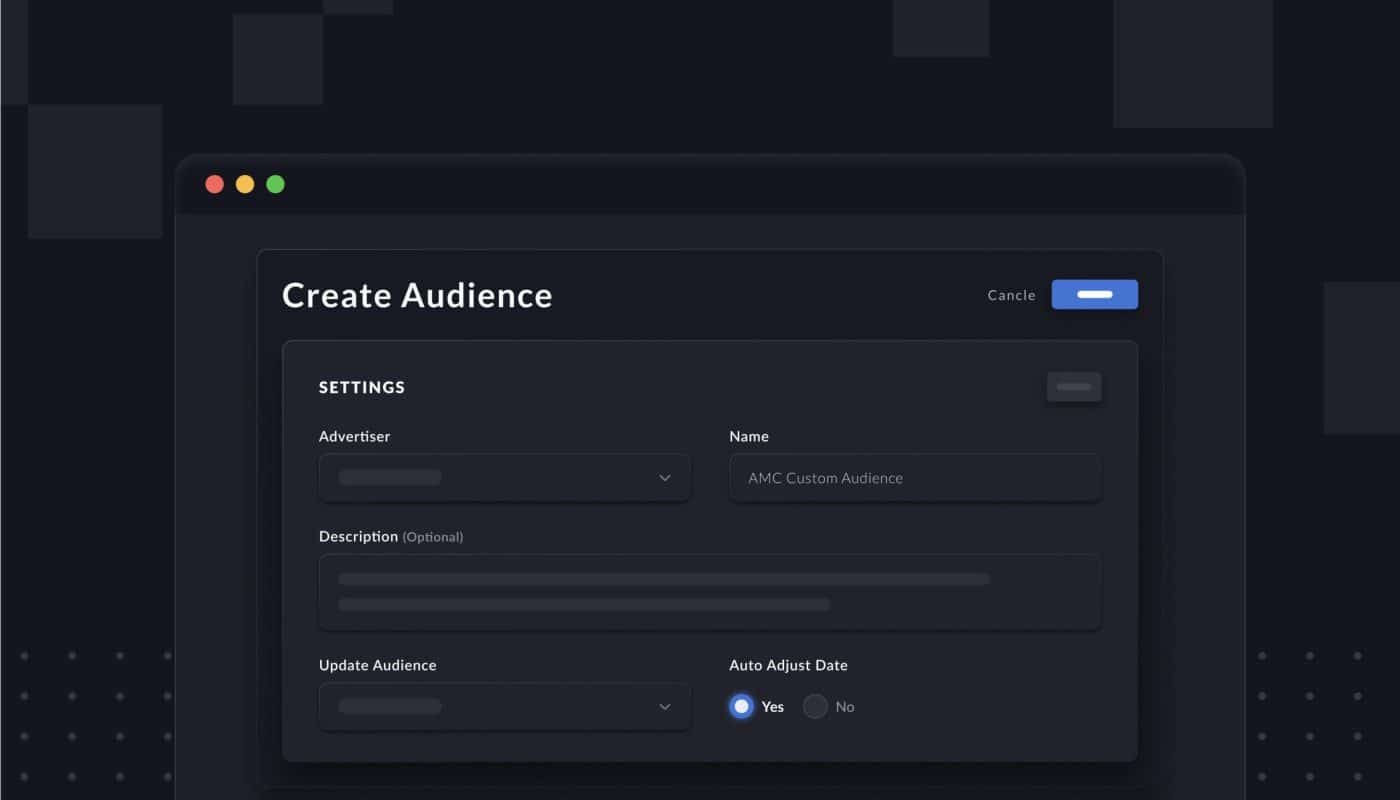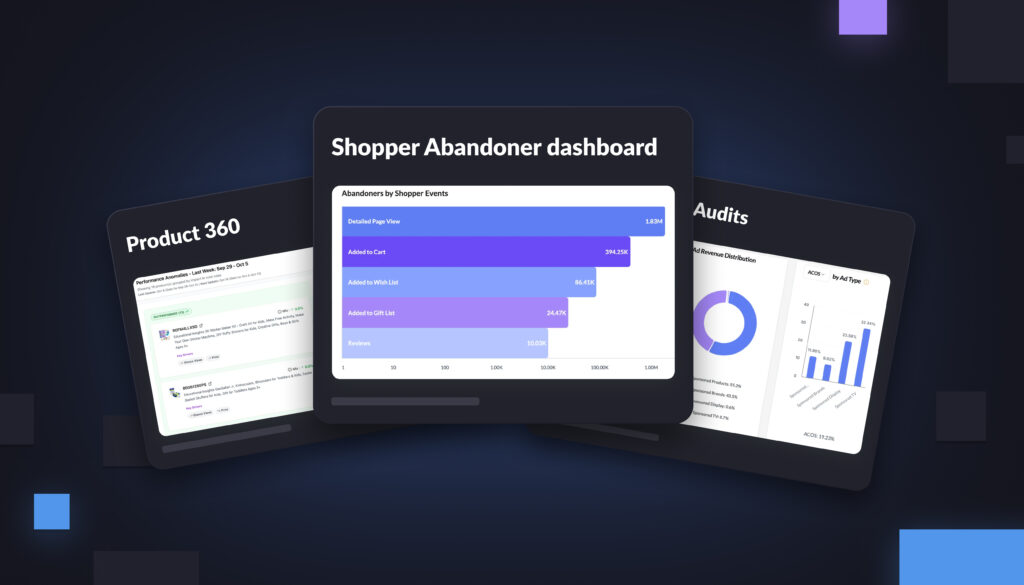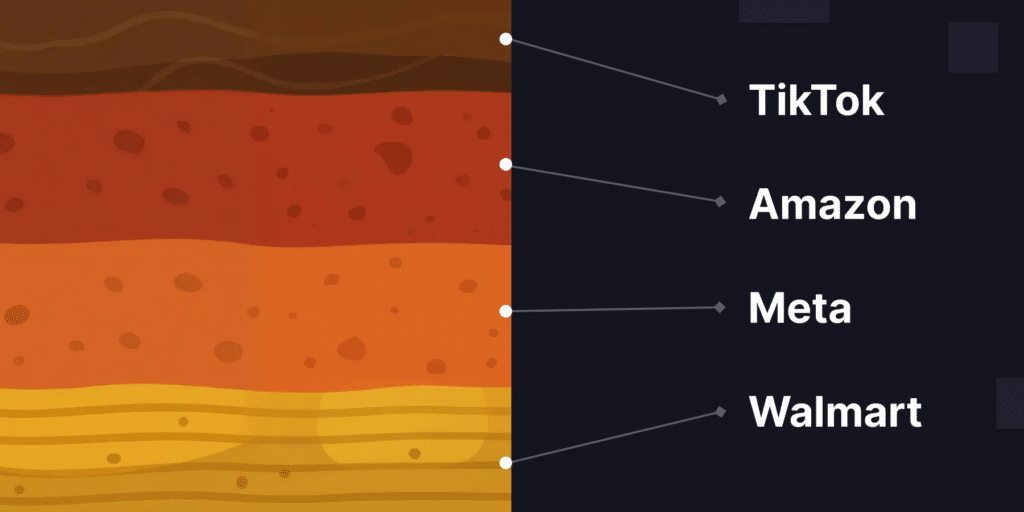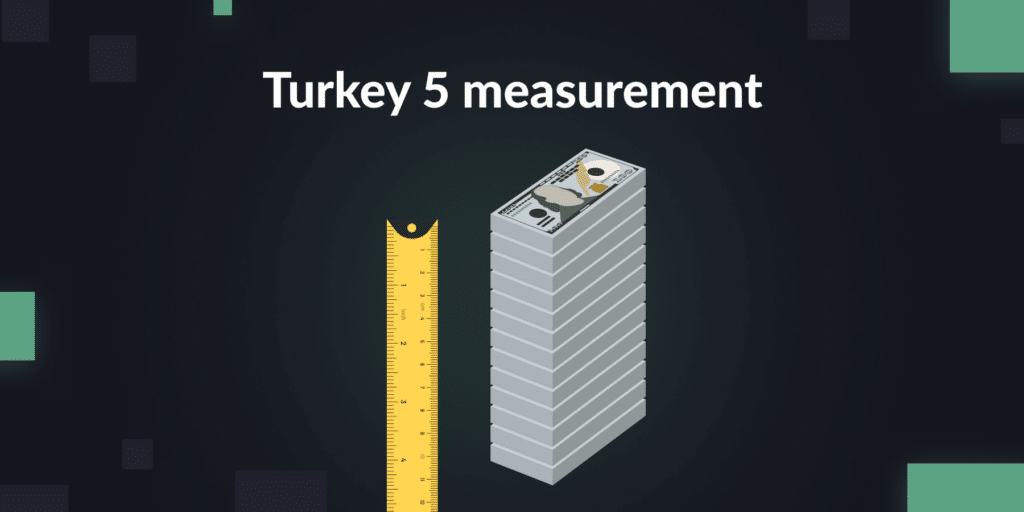Amazon brands and sellers now have access to a much more complete view of their past customers.
No more bumping against limited lookback windows. Amazon just rolled out Amazon Retail Purchases, a data set in Amazon Marketing Cloud that unlocks five full years of purchase history.
That is a major boost from the 12.5-month lookback window that Amazon gives brands as a default when they activate their AMC instance.
It’s something of a game changer for industry professionals. Brands can use this new Amazon Retail Purchases data set to analyze the behavior of customers over the past five years, or create much more granular audiences than ever before.
Specifically for audience creation, the Amazon Retail Purchases data set is free. If you want to run queries and conduct analysis, the cost is $500 per month.
Here’s what to know about the new data set—and what you can do with it.
Who will Amazon Retail Purchases benefit the most?
Amazon Retail Purchases will go the longest way for brands selling products that only get re-purchased every year or so.
Think of a brand that sells bedding products, like sheets or comforters. Most people will only re-buy after a year or more.
It is hard to re-engage the same customer with the same product, since the re-purchase timelines are so long and Amazon’s default lookback window is limited.
But with the Amazon Retail Purchases data set, all you have to do is figure out when shoppers tend to replace your product, and you can re-engage them once that amount of time has passed.
If you know shoppers tend to replace their sheets after 2 years, for instance, then create an audience of shoppers who bought from you 2 years ago.
Offer those shoppers the same product, offer them an upsell, or maybe even push them to Subscribe & Save. It’s up to you. But this is the kind of re-targeting that was unimaginable before.
Or:
Re-engage cold customers. Brands with long re-purchase timelines aren’t the only beneficiaries of this new data set. The Amazon Retail Purchases data can also be a really good way to re-engage shoppers who have gone cold.
Let’s say your products tend to get refreshed every six months. You can create a group of shoppers who purchased from you 1-2 years ago, and run ads offering them a deal if they make a new purchase.
This could be a great, cost-effective way to bring shoppers who already know something about you back into the fold.
Refine your life-time value. 5 years of data gives you a rich view of how much shoppers tend to spend on your brand over time.
You can segment out high-value and low-value audiences based on a much more extensive data pool than ever before. Include or exclude these audiences as you like.
Then, create lookalike audiences to find other shoppers like them that you can either exclude or include from your next ad campaign.
It all combines together to make your ad campaigns much more efficient.
Can I use Amazon Retail Purchases data on Prime Day?
You can very easily create a re-targeting mega-audience ahead of Prime Day. Intentwise Explore customers have a pre-built audience of shoppers who purchased during Prime Day or Turkey 5 anytime in the past 5 years.
You can specifically target those shoppers with DSP or Sponsored Display ads. Or, of course, add them as an audience to your Sponsored Products and Sponsored Brands, and bid up when a shopper from that audience searches your key terms.
It’s a powerful way to reach shoppers who are already primed to buy from you. Some of them may have gone cold, or dropped off as shoppers since—no problem.
On Prime Day, a deal could be just the thing to bring them back into the fold.
What can I do with the full Amazon Retail Purchases data set?
As we discussed, audience creation is free with Amazon Retail Purchases—but if you’re willing to pay $500 per month for the full data set, you can also troubleshoot your brand performance like never before.
Let’s take that example of customers who have gone cold. Yes, you can re-target them and hope for the best. Or, with the paid version, you can start to analyze why those shoppers dropped off.
Run queries comparing those shoppers who purchased from you multiple times against those who dropped off after one purchase. Was there a marketing intervention that seemed to make the difference between a shopper re-engaging or a shopper going cold?
Or were their traits that were similar across those two groups? Anything you can use to more easily identify who is most likely to re-purchase going forward?
With the full Amazon Retail Purchases data set, you can also get a lot smarter about your New-To-Brand shoppers.
New-To-Brand is one of the most important metrics for brands, since it shows you to what extent your ad campaigns are expanding into new territory.
The one problem with New-To-Brand metrics is that it uses a 12-month lookback window. So anyone who hasn’t bought from you within 12 months gets counted as “new.”
That is a limiting understanding of “new” shoppers—especially for brands who have longer re-purchase timelines.
If shoppers tend to refresh their products after 18 months, then someone buying from you 18 months later is not really a “new-to-brand” shopper.” That’s a shopper behaving as expected.
The 5-year lookback window in the Amazon Retail Purchases data lets you create a sharper portrait of who is really new. Run a query to figure out how many returning shoppers tend to re-purchase after more than 365 days, and you can get a rough sense of how many of your customers who Amazon reports as “New-To-Brand” are truly new.
And remember, you can automate your use of the Amazon Retail Purchases data—or request custom queries or reporting frameworks with ease—only in Intentwise Explore.




